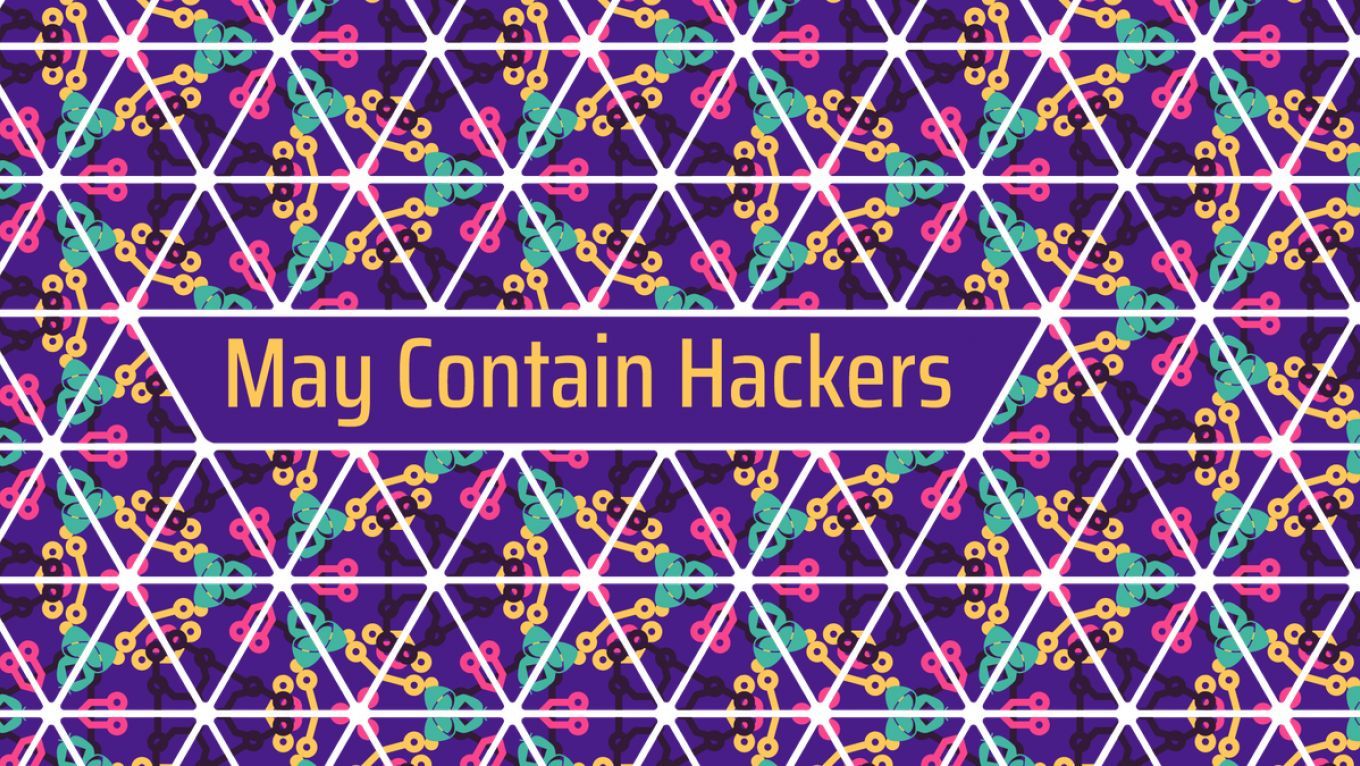MCH2022 Curated content
World in Vectors - Cross-platform Map Rendering using Rust
Digital maps are ubiquitous tools in our everyday life. In the early 90s, the idea of browsing the world digitally and visiting any place was groundbreaking. The first solution to this problem is known as "TerraVision", which was breathtaking at that time. Today, the idea of exploring your surroundings using digital maps has become pretty normal.
But how do these maps work? In this talk, I want to provide an overview of the foundations of digital mapping solutions. Differences between maps which use vector data and rasterized satellite imaginary will be outlined. Furthermore, a new and open-source map renderer called [maplibre-rs](https://github.com/maplibre/maplibre-rs) will be presented, which is created using Rust and modern web technologies like WebWorkers and WebAssembly. Lastly, I want to show differences between commercial solutions and free and open-source ones.
A lot of mobile and web applications depend on customizing and displaying maps. There are not many cross-platform solutions available. Some only work in the web. Some only work on mobile devices.
Furthermore, there are only a few truly free and open-source mapping stacks available.
I want to explain how [maplibre-rs](https://github.com/maplibre/maplibre-rs) can solve current challenges by leveraging a modern rendering stack.
Last year I had a lot of spare time and decided to kick-start a project which combines different areas of interest: Rust, 3D rendering, Geo data
This project was adopted recently by the [MapLibre](https://maplibre.org/) project and is now known as [maplibre-rs](https://github.com/maplibre/maplibre-rs).
The [maplibre-rs](https://github.com/maplibre/maplibre-rs) library is a proof of concept which showed me the complexity of mapping solutions. It takes a lot of steps until edits from OpenStreetMap contributors are finally rendered in consumer applications. With this task I want to take listeners on a journey from drawing changes in the OpenStreetMap editor all the way until vectors are uploaded to from memory to GPUs.
Like outlined in the abstract, I want to cover multiple topics:
* Foundations of digital maps (How to determine which data should be loaded? What are vector and raster tiles?)
* Show the technology stack which allows us to design and develop a cross-platform map renderer (Web, Mobile, Desktop)
* Show the limits of current open-source solutions. I want to highlight why it is difficult to reach the rendering quality of Google Maps for example.
Lastly, I want to provide a software developer perspective. Why is every developer using either Google Maps or Apple Maps today? What does it take to operate a mobile app which is built only on open-source frontend and backend infrastructure?
Additional information
| Type | Talk |
|---|---|
| Language | English |
More sessions
| 7/22/22 |
⚠️ Warning! This talk may contain hackers. There may be hackers in the room. There may be hackers surrounding the room. There may be hackers recording this. There may be hackers listening in. There may be hackers that exfiltrate data. There may be hackers wearing shirts. There may be hackers carrying spying devices. OH NO! There are hackers EVERYWHERE! What can we do now, except having a party?
|
| 7/22/22 |
What do big tech, synthesizers, the crucifixion and Matthäus Passion have in common? Find the answer in the tech performance The Silicon Passion. We’ve all embraced big tech —but is it a warm hug or a strangulation? Bear witness to a debate of biblical proportions between tech nerds, technology and its users. In The Silicon Passion SETUP, in collaboration with de Transmissie (David Schwarz en Derk Stenvers) and Rodrigo Ferreira, is looking for a way out of the pit that technology has ...
|
| 7/22/22 |
Lightning talks are a 5 to 10 minute quick talk on an interesting subject. They can be with or without slides, and with or without proper preparation. if you weren't accepted in the main CfP, this is also a great opportunity to give an abridged version of your talk. These sessions will be available to sign up to later on, with details on the wiki: https://wiki.mch2022.org/Static:Lightning_Talks
|
| 7/22/22 |
In this workshop, we will learn how to assemble tiny parts on circuit boards by building an electronic touch-activated purring kitten. Anyone can do it. Yes, even you who never touched anything electronic before. Takes 120mins, 20€/kit, avoid caffeine immediately before. Max 10 participants per session, sign up on PAPER at the Hardware Hacking Area.
|
| 7/22/22 |
This is a submission for a keynote talk at MCH2022. The Internet is both a familiar, comfortable place as well as a bottomless rabbit hole you can lose yourself in. The Internet has always been like this from its inception, the difference now is the scale and consequences are almost immeasurable - and it tests the limits of human imagination. When you look into the mirror of the Internet what you see reflected back depends on what you are looking for. It has become largely a reflection of ...
|
| 7/22/22 |
Have you ever forgotten a passphrase or lost a hardware token? Lost access to enough Bitcoin to buy a pizza or two? Encryption is fundamental to securing our liberties, but key and password management remain difficult even for professionals, let alone the general public. This talk presents Passcrow, an Open Source project attempting to address one of crypto's largest usability issues: password and key recovery in a decentralized environment.
|
| 7/22/22 |
Thanks to DNSSEC and DANE, it is possible to automatically verify user@domain.name identities by checking with domain.name servers. The real problem however, is integration with existing protocols, instead of inventing something completely new and perhaps web-only. The purpose of our work on Realm Crossover mechanisms has been to design generic solutions that extend many different application protocols, without changing their protocol specs.
|

